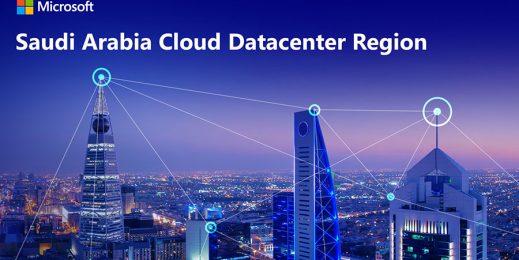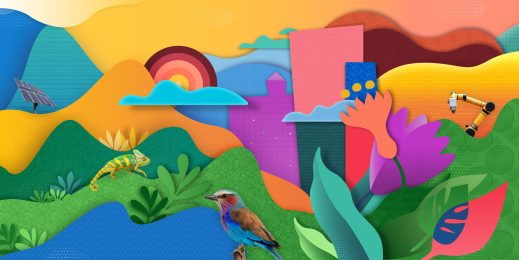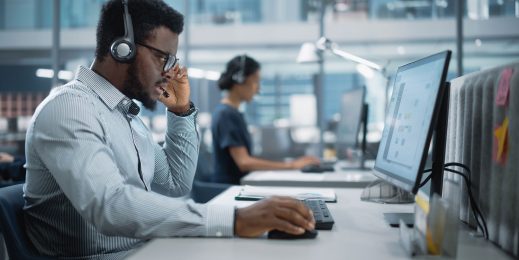
Despite the upheaval of the past year, innovation in education is accelerating
Perhaps one of the greatest lessons the pandemic has taught educators across the region is that they are resilient. Over the past year, teachers have conducted lessons using mobile applications, stuck pieces of paper to the wall to record themselves ‘using whiteboards’, and performed a wide range of school events virtually.
Even with these incredible efforts, UNICEF estimates that nation-wide lockdowns impacted the education of more than 110 million young people in the Middle East and Africa (MEA), representing the biggest disruption to the world’s education system in recent history.
To limit the fallout, many public and private sector institutions across the region turned to technology. “We witnessed firsthand great collaboration between ministries of education, Microsoft and donors such as UNESCO, UNICEF and Global Partnership for Education, joining together to provide solutions for remote learning,” says Angela Nganga, Microsoft Education Industry Lead, MEA Emerging Markets.
Egypt is a case in point, where the Ministry of Education implemented an online learning platform called Edmodo. In partnership with Microsoft, almost 20 million students were given access to Microsoft 365. In the process, the quality of learning has taken a turn for the better. Egyptian Education Minister, Tarek Shawki, revealed that IT literacy in Egypt has increased because of measures taken during the pandemic.
However, the reality for many children across MEA, especially those living in rural areas, is that they simply did not have access to the resources needed for online learning. According to Nganga, one in five students did not have access to the internet or a device to support them in lockdown when the pandemic hit. And by the end of last year, it was predicted that COVID-19 could push another 72 million primary school-age students in low- and middle-income countries into learning poverty.
Tech-driven innovation
But as is often the case in times of deep disruption, the pandemic has also opened the door to change. According to a recent YouGov survey commissioned by Microsoft, 82 percent of educators agree that this past year has accelerated the pace at which technology has driven innovation in teaching and learning.
Beyond drawing attention to the limitations of a brick-and-mortar classroom setup, COVID-19 has heightened the urgency of addressing other urgent challenges within the education space. Across different parts of the world, remote learning triggered a decline in reading skills – a trend that is of particular concern for many countries in MEA, where the battle to improve literacy rates has been long and hard-fought.
But the introduction of free tools such as Reading Progress will help students improve their reading comprehension at their own pace. Not only can they complete reading fluency assignments independently, but teachers can also review assignments quickly and accurately using built-in-auto-detect features. The Education Insights dashboard then provides educators with a holistic view of students’ progress, including key trends such as typical mispronunciations and omissions.
Microsoft Teams itself has undergone several enhancements with a view to enriching student engagement. In the same way teams within organisations collaborate using the platform, key features have now been incorporated into the education version to empower the same deep collaboration among students and teachers. For example, educators can now organise their students into assignment groups so they can work together on the same work, and experience the power of teamwork firsthand.
Increased focus on social-emotional development
The past year has also brought the social-emotional aspect of learning into the spotlight, with higher-level cognitive and technical skills being given greater priority alongside more traditional curricula.
“Prior to the pandemic, technology in schools was viewed primarily as a vehicle for delivery of learning. But the pandemic has brought about a radical change in thinking. Technology is no longer considered just a platform for delivery, but rather a robust mechanism for culture building and social connectedness. Technology is sought after as a key enabler of collaboration and connection,” comments Nganga.
When COVID-19 first hit, Curro Schools in South Africa shifted to remote learning with the goal of facilitating a twenty-first century education despite the challenges of the moment. But by spring of the same year, Curro recognised that students and families were feeling isolated and started having conversations about how to go beyond the delivery of online educational materials to ensure greater student engagement.
To encourage skills such as team creation, leadership and collaboration, it made the decision to introduce Minecraft: Education Edition as an esport. The pilot programme was a major success with Minecraft becoming a core platform for students to connect with one another and prove their skills in creating themed Minecraft builds. While the programme was started to help students find engagement during a time of isolation, they found something even stronger: teamwork. Students have learnt how to negotiate, communicate and even resolve conflict.
An enriched learning experience
An increasing number of educators across the region are seeing the value of gaming when it comes to enhancing student engagement and enriching learning.
Gordon Petach Tikva school in Israel spent an entire school year conducting learning virtually because of COVID-19. But through the experience, the school has found innovative ways of using Minecraft: Education Edition to deepen subject understanding.
Fifth graders have benefitted from participating in both English and Mathematics projects in Minecraft, where they are encouraged to solve different challenges. In fact, this year the school’s Maths Olympiad was conducted using Minecraft, requiring students to solve puzzles to progress from stage to stage.
“Today’s students need more than a diploma – they need real-world skills that make them employable. To prepare our youth for the future, we must enable them to innovate independently, create, collaborate and interact globally. In other words, we must re-design our learning with technology as an integral part of the classroom,” says Nganga.
The past year has provided schools in MEA with some key takeaways when it comes to improving the depth and quality of education. The real challenge, however, will be for stakeholders across the region to apply the learnings from the past year not only to reimagine the way education takes place, but also to drive greater access to that education. Schools have experienced firsthand the progress that can be made with the right digital tools in place – the key now is to harness that technology to ensure millions of children aren’t left behind by COVID-19.





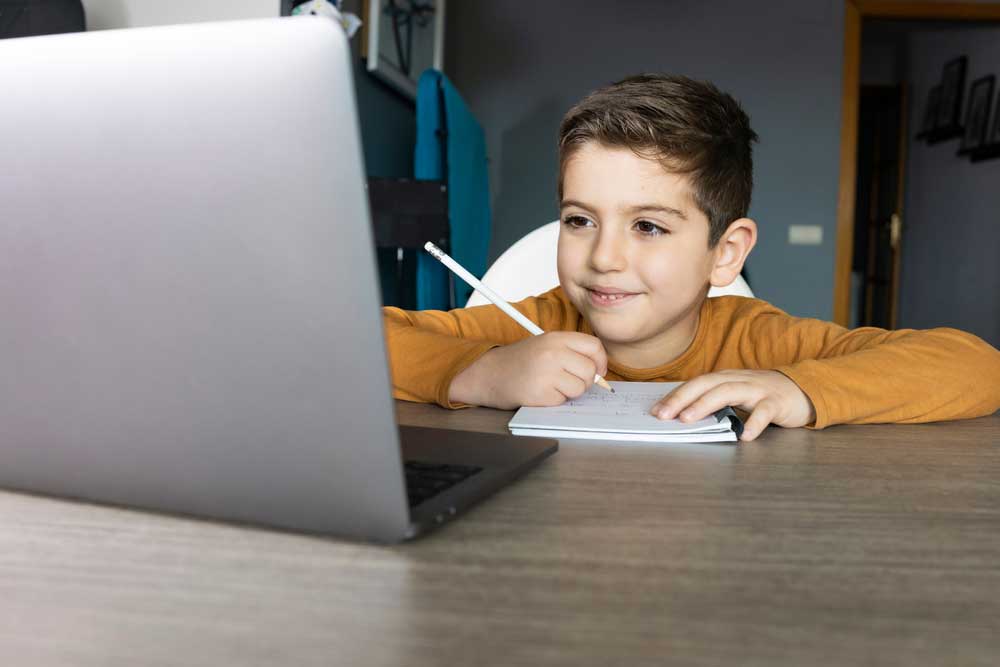
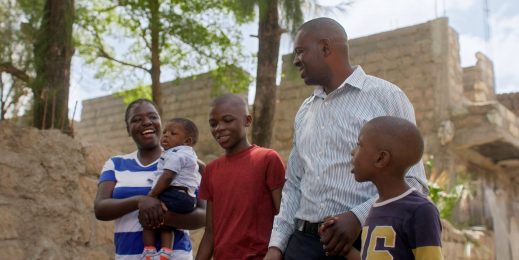

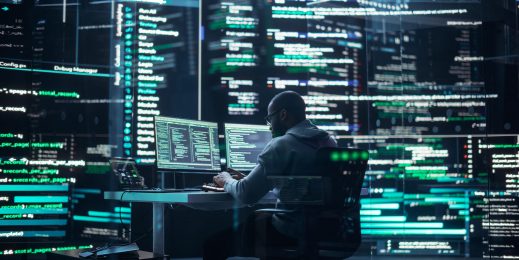

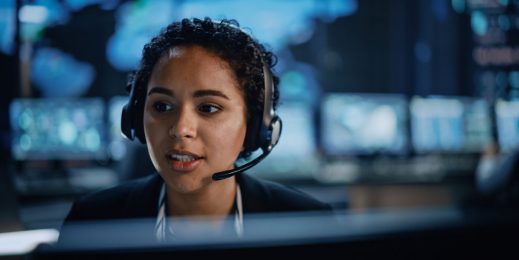
![A security team analyses key data from a visual dashboard.]](https://news.microsoft.com/wp-content/uploads/prod/sites/133/2023/04/Security-Sprint_TL_Banner-Image-519x260.jpg)

